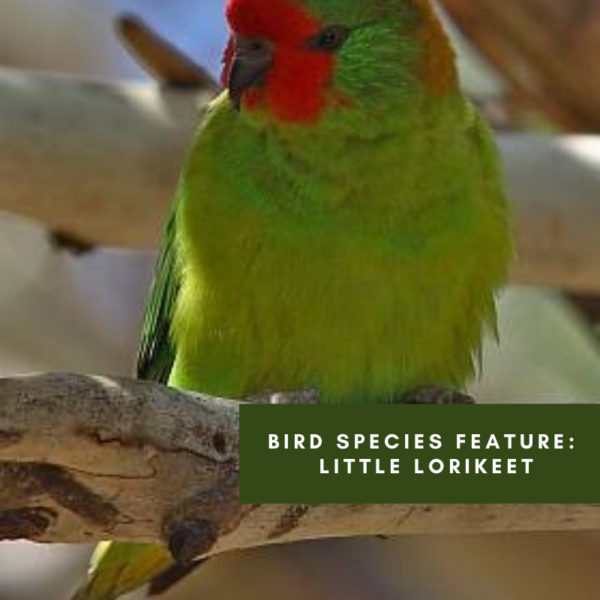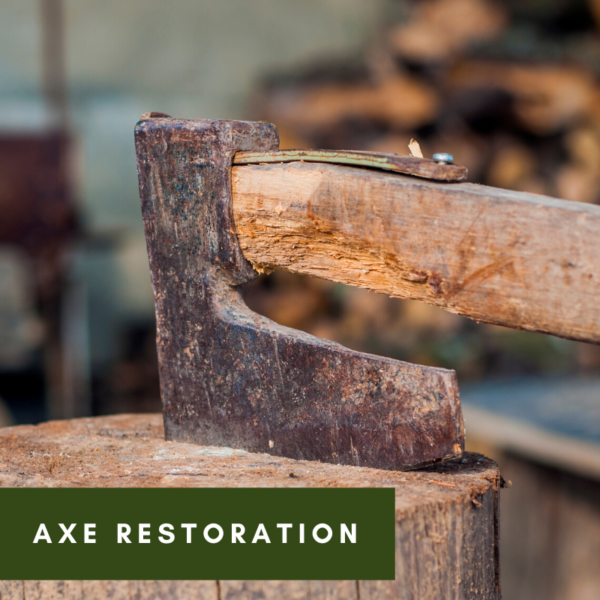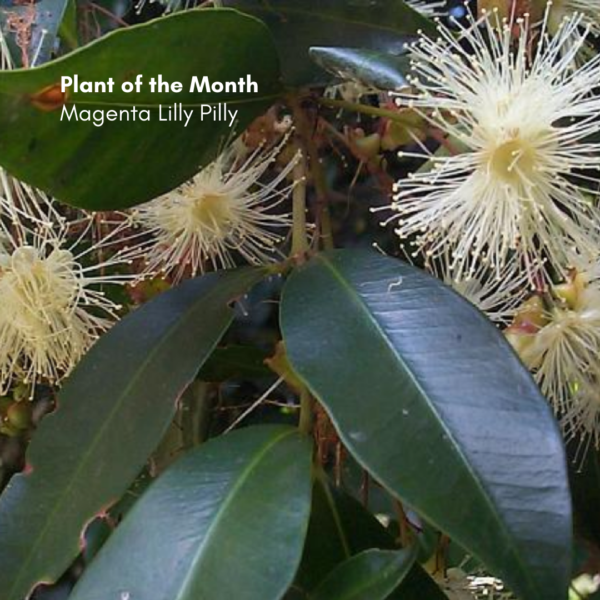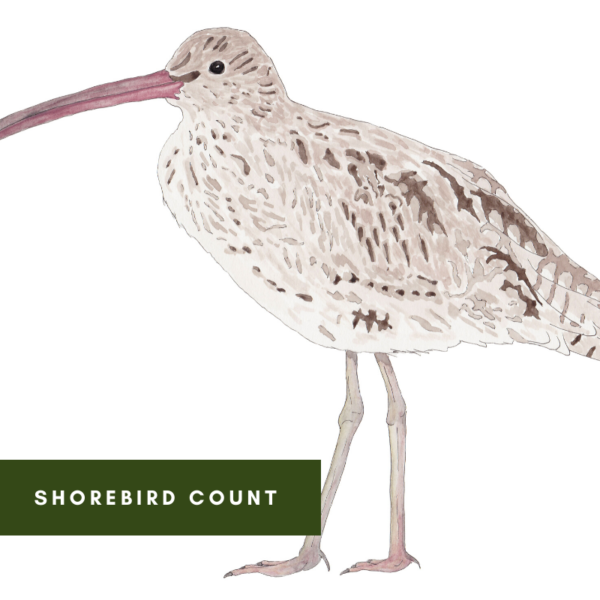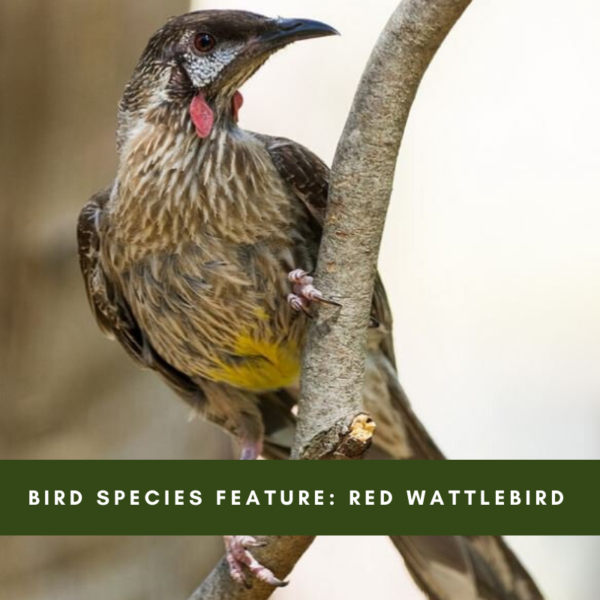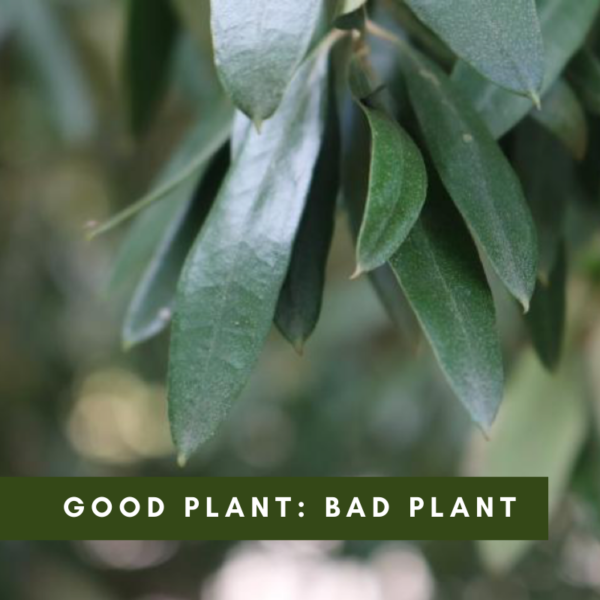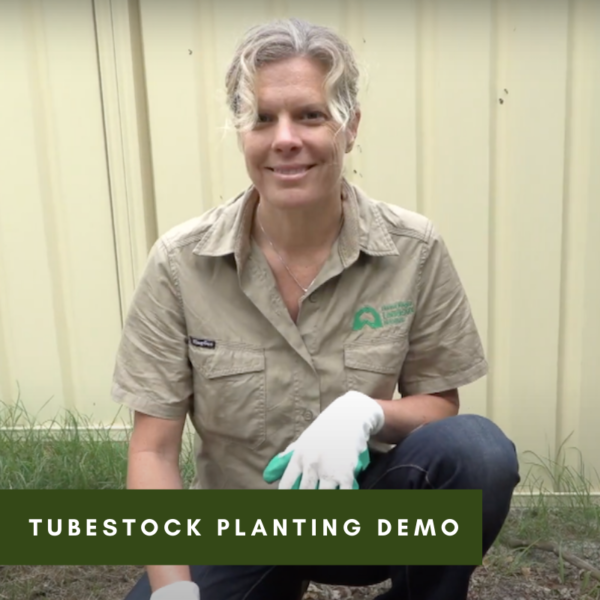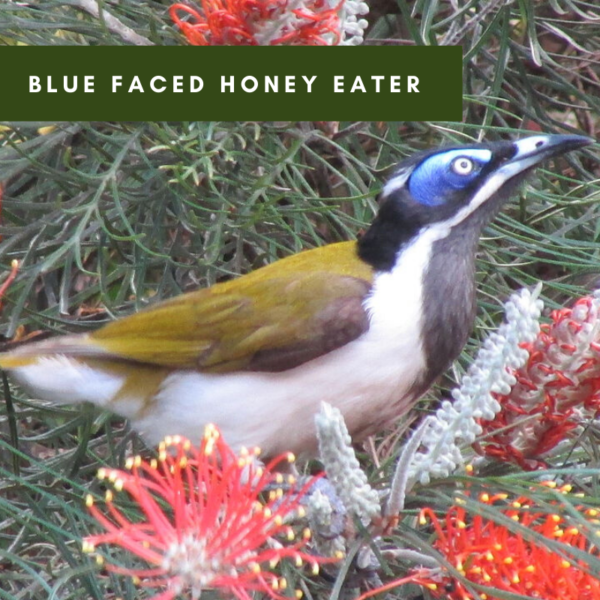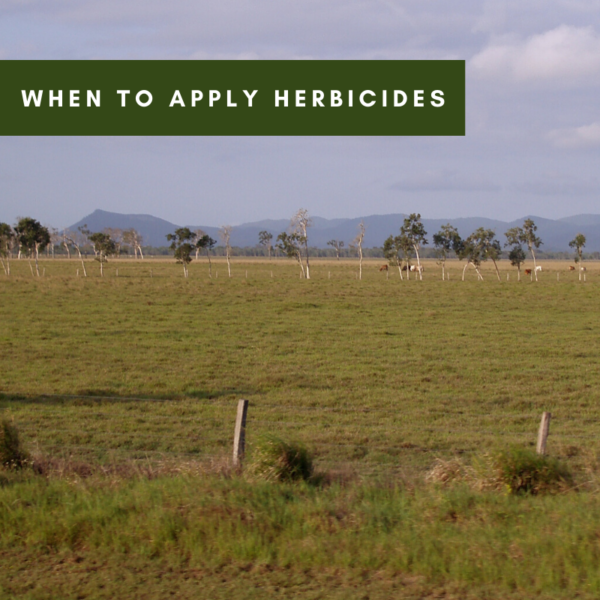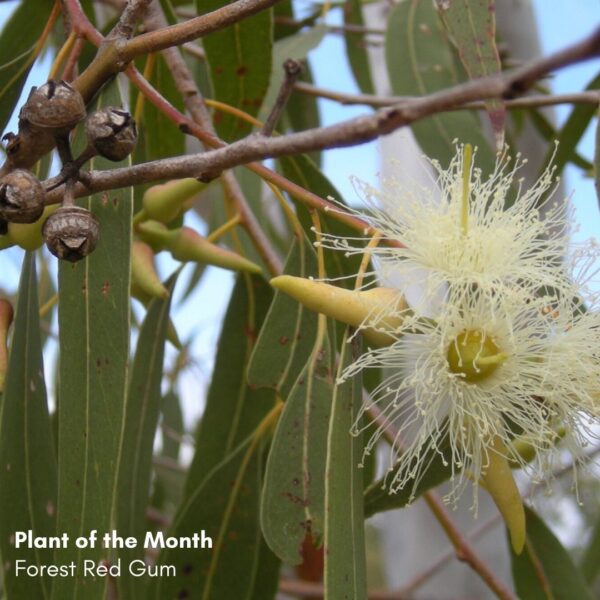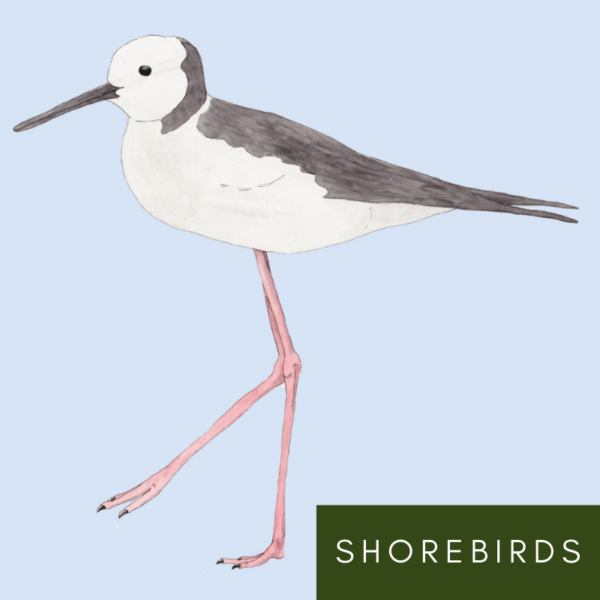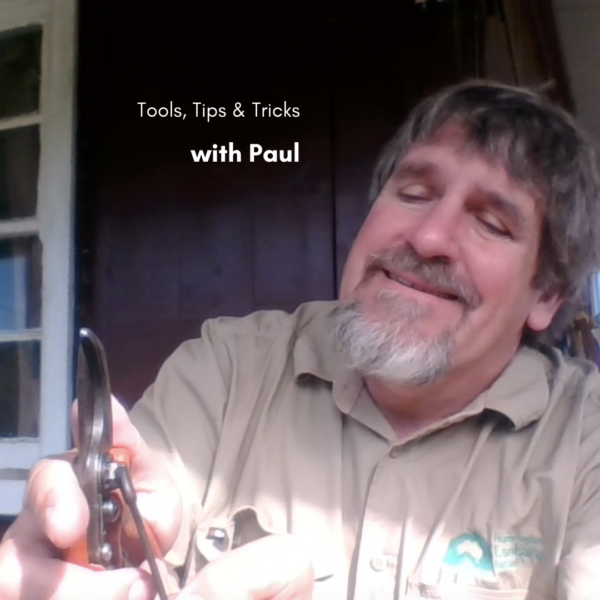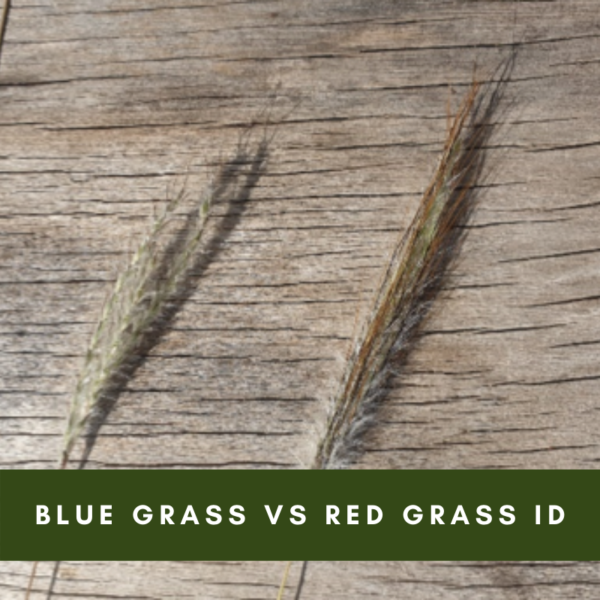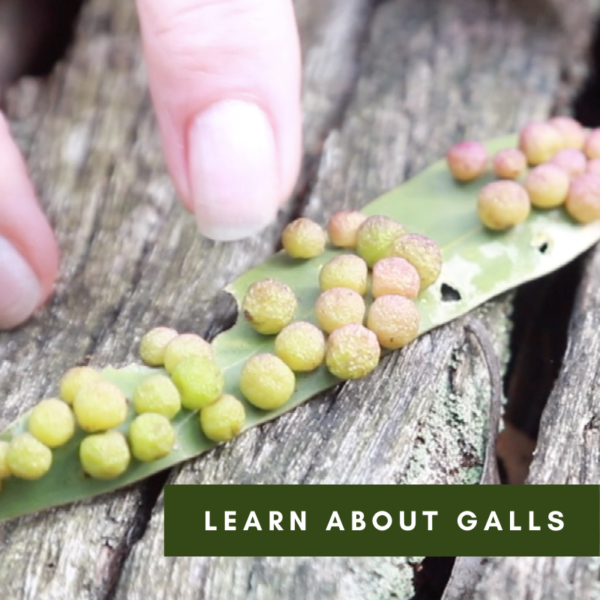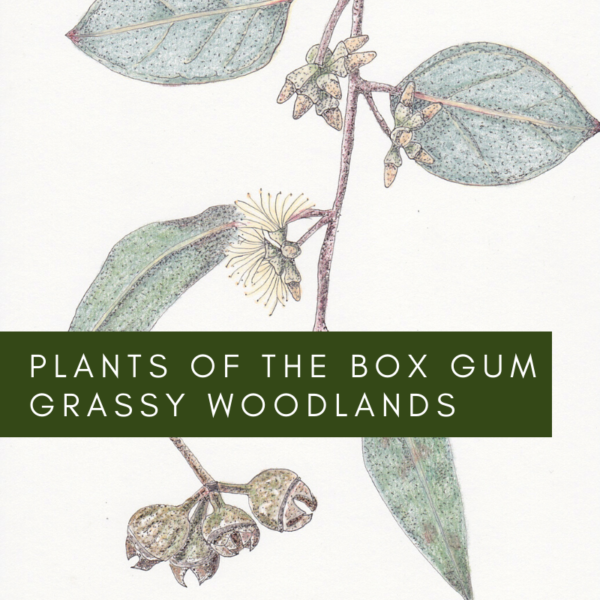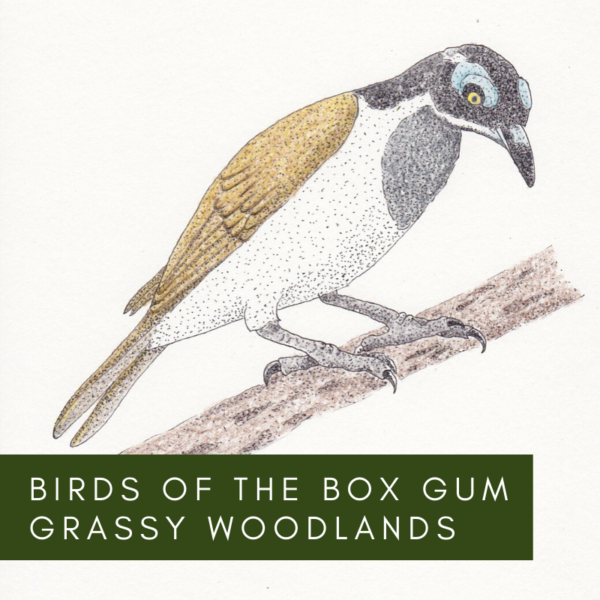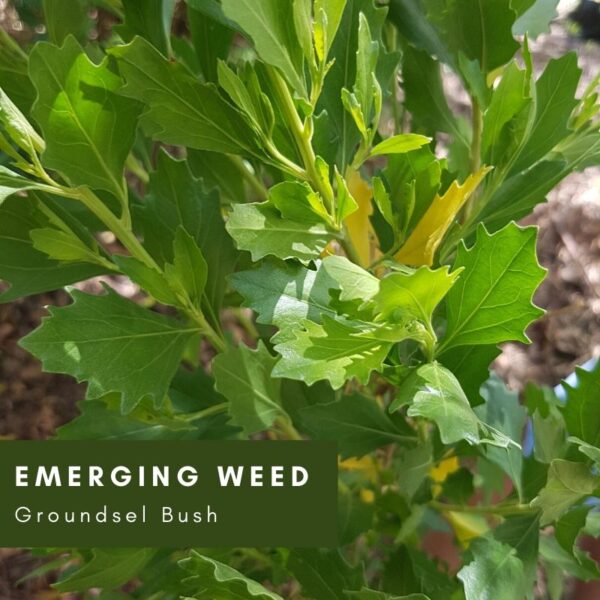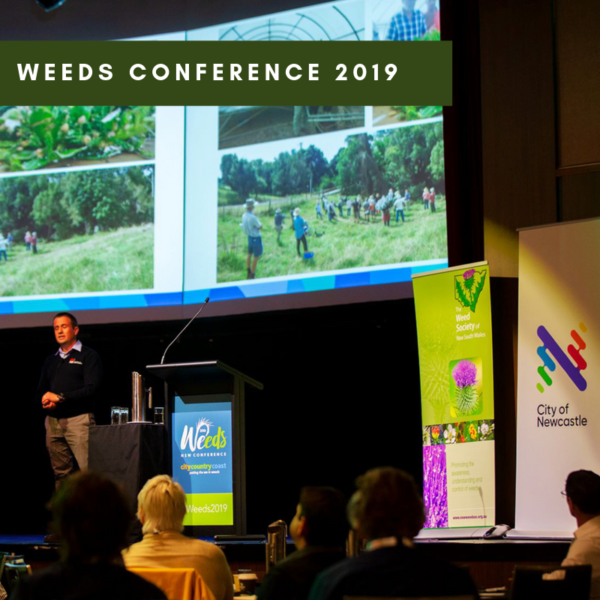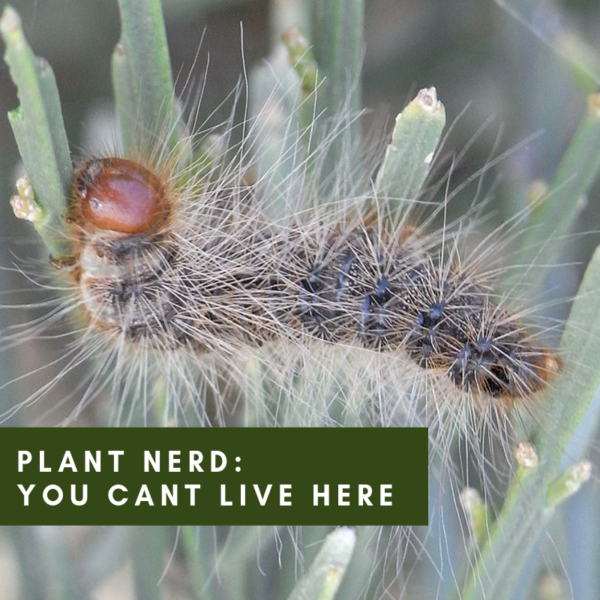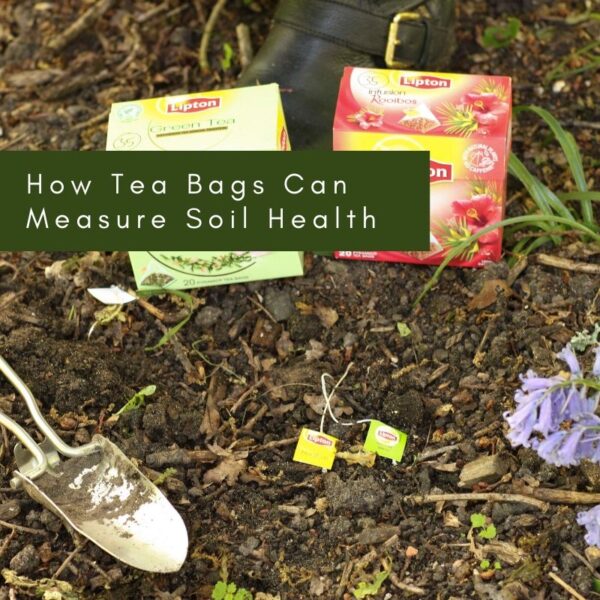Resources
Bird species feature: Little Lorikeet
A small bird at 16 – 19cm, 40g, it is easy to tell why they are named ‘little’ when side by side with a Rainbow Lorikeet. They make up for their size in their constant chattering calls and large flocks. This species is listed as vulnerable in NSW, found mostly... read moreTools, Tricks and Tips: Nursery Cheats
Ok, I have a confession, despite enjoying working in nurseries I really hate pricking out and potting up seedlings. Yeah, I know, it is the main point of working in a nursery, but it is just so tedious and time consuming so if I can find any way of doing it quicker I... read moreVideo: Axe Restoration with Paul
How I restore axes, you may do it differently but this works for me. Of course the golden rule with restorations of this type, as little as possible, as much as necessary.... read morePlant of the Month: Magenta Lilly Pilly
(Syzygium paniculatum). Katuba (Kattang), Daguba (Cadigal). March is a great time for fans of bushfood, Kurrajongs, Sandpaper Fig and the Magenta Lilly Pilly all ripening. This year was a good season for the Lilly Pilly here in the Upper Hunter and while I didn’t get... read moreShorebird Count
We are now in the window for the winter shorebird count which is mid-May to mid-August, with the ideal date being July 1. We encourage you all to get out there and survey your local shorebird areas but please be sure to comply with State/Territory guidelines and... read moreBird Species Feature: Red Wattlebird
Another of our unique woodland birds is the Red Wattlebird. As featured in our Woodland Bird chart they have a very loud call, are quite large birds at 35cm long, and acquired their name by the red ’wattle’ appendage on either side of their neck. Being one of the... read moreGood plant: Bad plant
I had a question the other day about how to tell the difference between an African Olive (Olea europea ssp cuspidata) and Mock Olive (Notelaea microcarpa), having spent quite a bit of time killing the former and trying not to kill the latter I work with the following... read morePlant of the Month: Greenhood Orchid (Pterostylis nutans)
During winter and spring, these low green orchids, endemic to Eastern Australia, emerge from the ground in great numbers in moist, protected forest environments. The flowers “nod” or lean forwards strongly and occur singly on a stem arising from a rosette... read moreTubestock Planting Demo
In this video, we discuss the tips and tricks for planting tubestock and seeing them survive and... read moreBlue Faced Honeyeater
You may have noticed the change in birds in your backyard or neighbourhood with the change in seasons and flowering plants. I have noticed many honeyeaters out searching for and enjoying nectar plants such as banksia and grevilia. This Blue-faced Honeyeater is a... read moreWhen To Apply Herbicides
Time the application of herbicides to achieve maximum effectiveness. The right time to apply systemic poisons is when water and sugars are being rapidly moved (translocated) around the plant (usually spring and summer). Herbicides are likely to be less effective on... read morePlant of the Month: Forest Red Gum
Plant of the Month: Forest Red Gum (Eucalyptus tereticornis) Munumba (Worimi) Buringoa (D’harawal) A magnificent tall tree to 50 metres, the Forest Red Gum is found along the east coast of Australia from Gippsland in Victoria to Papua New Guinea. In the Hunter... read moreBlue grass vs Red Grass ID
Plant Recognition Notes: Blue Grass-Red Grass Blue Grasses (Dichanthium sericium, Dichanthium setosum): Clumping Grass to 1m, common in the Mid and Upper Hunter, often bluish, “hairy “skirt” on the nodes, spikelets come out from a central position (digitate).... read morePlants of the Box Gum Grassy Woodlands
This vegetation community is listed as an Ecologically Endangered Community because of the flora and fauna this community supports, including the species of White Box, Yellow Box, and Blakely’s Gum.
read moreBirds of the Box Gum Grassy Woodlands
Box Gum Grassy Woodlands are a feature of Eastern Australian landscapes. Look at and listen to birds from this environment.
read moreNew App: Birdata
Did you know birds are a key indicator for biodiversity health in the landscape? How healthy is your patch?
read moreEmerging Weed: Groundsel Bush
Groundsel bush is reputed to be poisonous to livestock although it seldom causes a problem because they rarely eat enough. However, livestock will lose condition rapidly if forced to graze it.
read moreReflection: Weeds Conference
Weeds continue to be a big problem for NSW- What are the strategies, research and new products being developed? Are we effectively putting the ‘We’ in weeds across tenure?
read moreHow Tea Bags Can Measure Soil Health
The Tea Bag Index (TBI), first published in 2013, can be used as a method of comparing the rates of decomposition of organic matter in soil.
read moreA Plant Nerd Answers: How to ID a Gum Tree
One of the first things we look at when identifying a Eucalypt (or close relative Angophora or Corymbia) is the bark, is it smooth? Rough, Stringy, Hard? Soft?
read moreSpotted-tailed Quoll (Dasyurus maculatus) captured on camera!
Landcare volunteers assisted with the setup of wildlife cameras at Hunter River Reserve in Greta and captured a spotted quoll!
read moreWork Health and Safety Forms
To meet your legal obligations, you should be keeping safety records for each working bee or field day that your group takes part in. HRLN has developed a WHS Risk assessment form and Daily diary with WHS checklist for your group to download and use.
read moreBook Review: A Little Book of Latin for Gardeners
We’ve all been there, reading a botanical name and wondering both how to pronounce it and what the strange words actually mean.
read moreDaily Diary & WHS Checklist for Landcare Groups
Download this diary and checklist template.
read moreBiodiversity Conservation Trust
What is the Biodiversity Conservation Trust all about and how can Landcarers benefit?
read moreTubestock Planting Guide
This planting guide is drawn from internet sources and personal experience in Landcare.
read moreGumnuts of the Upper Hunter
Bark types and gumnuts (or “fruit”) are a handy way of determining which group a Eucalypt belongs to.
read moreEucalypt Bark Types
Just as their fruits (gumnuts) can help us figure out which Eucalypt is which so can their bark, these are some commonly seen in the Upper Hunter.
read moreGoodness, Gracious Great Balls of… umm… Seed.
Seed balls are a fairly simple way of getting seed into an area to germinate after a good rain event.
read more
